With more behind-the-meter hybrid solar-plus-storage systems being interconnected in California, developers are running into the issue of maintaining “clean” net energy metering (NEM) credits. The rules around how to do this are confusing, and this article aims to explain the issue and the practical implications of meeting the requirements.
A brief overview of NEM
The California Public Utility Commission (CPUC) created the original rules for NEM and regulates these programs through all of the State’s investor owned utilities (IOUs), which serve the majority of the California’s electricity customers. The three largest are Pacific Gas and Electric (PG&E), Southern California Edison (SCE), and San Diego Gas and Electric (SDG&E).
It’s during the interconnection review and approval processes that most developers run into the NEM integrity issue with these utilities.
At a high level, the NEM program allows credits to a customer’s electric bill for any clean energy produced with their solar system (or biogas, wind, or fuel cell) over what they’re consuming at any given time. This credit is at the regular electric rate. There is an additional credit for excess net energy produced over a 12-month period.
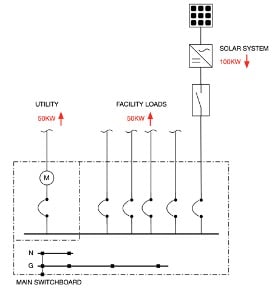
image 1. Customer exporting 50 kW of solar for NEM credit
A problem is created when a customer adds a non-renewable energy source, such as a storage battery, to their facility that has an existing clean energy resource.
The battery issue
With a storage battery now being added to a customer’s facility that has a solar system, that battery can charge any time whether or not the solar is producing and then discharge at any time. That means the battery could charge up at night with “dirty” electrons and then discharge these dirty electrons with the solar during the day, and increase the customer’s NEM credits over what the solar-only is producing. This is not allowed because NEM credits are for clean energy only.
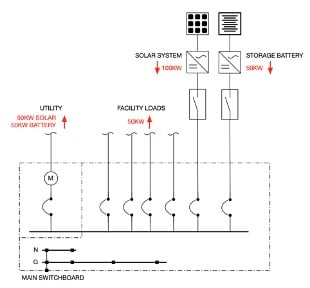
Image 2. Non-compliant. Storage battery contributing 50kW of “dirty” export.
So, the CPUC requires a means to ensure the storage battery does not add to the clean NEM credits.
Two solutions
There are two ways this clean NEM credit accounting can be implemented, and each method has its pros and cons.
The first method is the installation of a separate utility meter on the solar system. This is called a net generation output meter (NGOM). For solar systems of 400A or less this is the obvious solution. Equipment, labor, and utility costs are in the few thousands of dollars. For systems of 200A or less a simple self-contained meter socket can be installed on the solar feeders (and it matters precisely where the meter is installed depending on if it’s a supply-side or load-side connection).
For 201A to 400A systems, a transformer-rated combo meter enclosure can be installed on the solar system feeders (these combo enclosures go up to 800A from manufacturers, but utilities cap their use at 400A). However, for systems over 400A typically a ground-mount, separate utility metering switchgear section is required.
This gets expensive fast.
We see prices around $15,000 for just the switchgear component. One thing to be aware of is that the customer’s solar system warranty may not allow for any modifications to the solar system, including adding additional metering. This leads us to the next method.
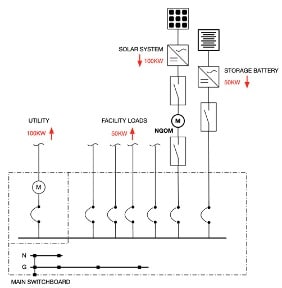
Image 3. Compliant. The NGOM separately meters the solar production and allows the utility to correctly account for NEM credits.
The second method is to add a control system that prevents the storage battery from discharging while the solar system is exporting — typically called a reverse power relay (RPR).
In principle this is a simple control system to implement, however some utilities have requirements that make this method more costly than adding an NGOM. For these sorts of control systems, utilities require a special type of utility-approved control relay be used. In some cases these relays must be redundant (so you’ll need two), powered from a wet cell battery backup system with an approved charger, and both bench-tested and witness-tested by an approved third party. We’ve seen these sorts of control systems balloon to $30,000 or more in implementation fees.
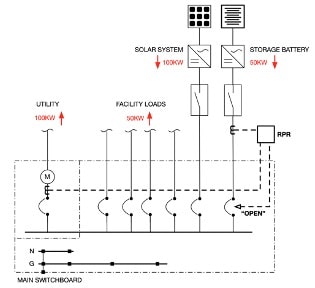
Image 4. Compliant. The RPR simultaneously measures the net utility usage and battery operation, and disconnects the battery via a shunt trip or contactor if it attempts to discharge during solar export (net utility usage <= 0).
Moving forward
The good news is that there are some new alternatives to these control systems with the introduction of UL 1741 CRD (Certification Requirement Decision). Manufacturer’s control systems that meet these requirements and achieve the CRD listing will soon be able to be used in lieu of the RPR system or an NGOM.
However, the actual implementation and approval of a CRD control system is still under review by some utilities and we haven’t seen any of these yet installed. Until the CRD option is fully approved and the listed equipment is available from manufacturers, we’re stuck with the NGOM or RPR options.
For new hybrid system installations, it’s best to plan on an NGOM for the solar system until CRD equipment is available. This is less complicated and is not a major cost adder to the overall system budget.
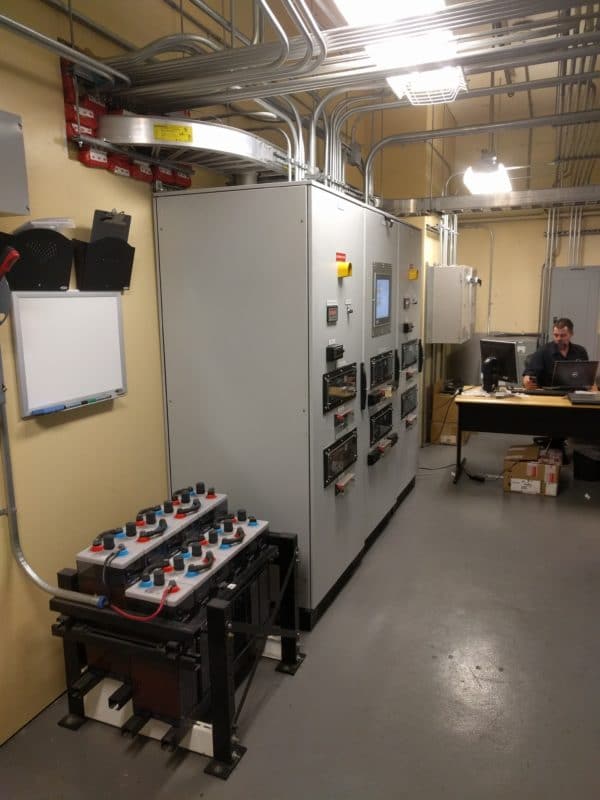
image 5: relay cabinet and backup battery
***
Tripp Hyde, PE, is president of Hyde Engineering Services, a design, engineering, and consulting firm that specializes in advanced energy projects. Tripp holds Professional Engineering licenses in 18 US States and has been working in the energy industry for 12 years.
The views and opinions expressed in this article are the author’s own, and do not necessarily reflect those held by pv magazine.
This content is protected by copyright and may not be reused. If you want to cooperate with us and would like to reuse some of our content, please contact: editors@pv-magazine.com.
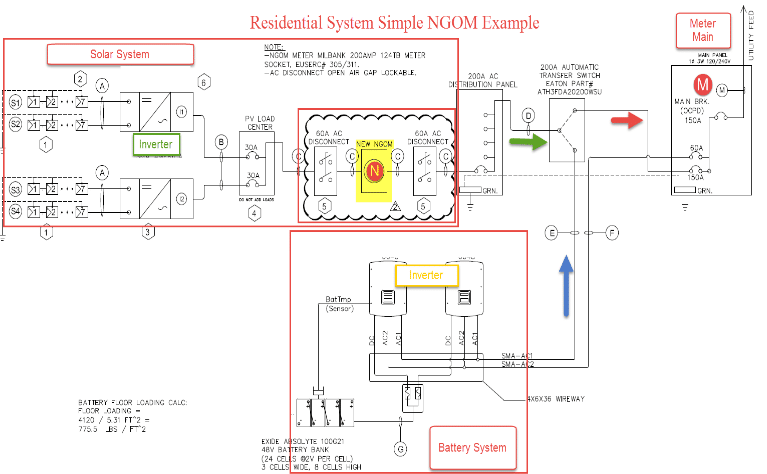







Utilities are just looking for a way to stop the Tesla model 3 battery “home back feed” to the grid through your home durring peak pricing. If you get charged at work for free, then come home and plug in your Tesla model 3 car that has the backfeed to your home feature, you could power your home for free with energy, you got from work, that could be priced lower or on solar and even make a sweat profit if you do it durring the “Peak period” the utilities make you sign in their NEM agreements.
If you generate pure DC from your solar panels to your storage batteries and then your batteries provide power to your home and some spill over goes to the grid, that is fine. The problem is the utility has time of day metering that has higher rates from 3:00 PM to 9:00 PM Monday thru Friday when people use the most power at home and they do this through “CASH CREDITS”. This would be a great time to discharge your batteries, that have been taking some of the excess power your solar panels have created, durring the low peak 6:00 AM to 3:00 PM, and power your home to not have to pay the higher peak rates. Unfortunatly, you could also charge the batteries from the Utrility GRID at low prices then discharge them at high peak prices and cost the utility MONEY.
The best way to fix this is get rid of the “Time of Day metering”. With no profit to make, the losses in the storage and discharge prossess would not make it worth while to “cheat the System”. The utilities created this problem with their Time of Day metering because “NET METERING” is costing them money and they hoped to gain some of that money back with higher rates from solar customers when the Solar panels do not produce much power after 3:00 PM. Then Batteries came along and flipped the advantage back to the consumer.
The Fix: “Get rid of time of day metering.”
For residential systems three manufacturers have achieved certification – SolarEdge, Darfon, and Tesla. See https://calssa.org/powercontrolsystems. Systems are getting installed in California now with power control systems without additional metering or relays. For commercial inverters, I expect to start seeing certifications this year.